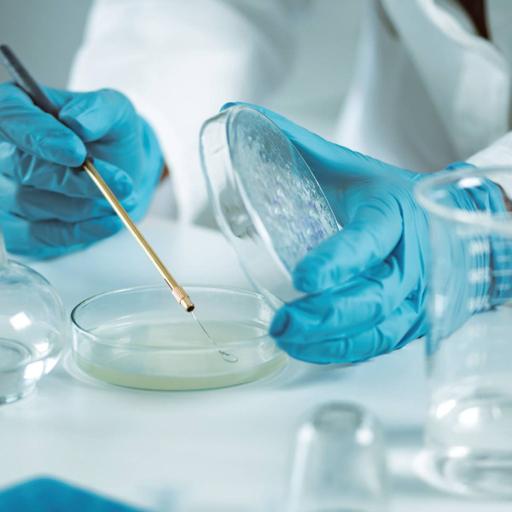Antimicrobial Resistance
Presentations | English
‘Superbugs’- germs resistant to all sorts of antibiotics and medicines; sounds like a never possible idea from a science fiction novel right? Not any more, superbugs resistant to antibiotics commonly used to treat them is a reality. Bacteria, viruses, fungi and other pathogens have now begun developing resistance against medicines commonly used to treat them. This antimicrobial resistance is a rising threat to the global healthcare systems. With antibiotics becoming increasingly ineffective, superbugs have led to increased deaths and difficulty in treating infections. But what are the situations that lead to the development of this antimicrobial resistance of superbugs? Antimicrobial resistance is a natural phenomenon that occurs due to genetic changes acquired by these pathogens overtime. This natural and slow process is accelerated by the overuse and inappropriate dosage of antibiotics. Excessive prescriptions by general practitioners and the easy availability of these medicines without prescription can be seen as the root causes. Antimicrobial resistance leads to significant increase in the cost of health care services. Prolonged hospital stays and the need for second line or third line antimicrobials that are expensive for treatments puts the burden also on the economies of nations with developing nations suffering more than the developed. The risk factor in C-sections, organ transplantation and cancer chemotherapy also increases with more bugs developing antimicrobial resistance. With superbugs increasing the death toll and putting increased pressure on the overstrained health care systems, it is essential that we take a more serious peak into this problem.

Free
PPTX (64 Slides)
Antimicrobial Resistance
Presentations | English
